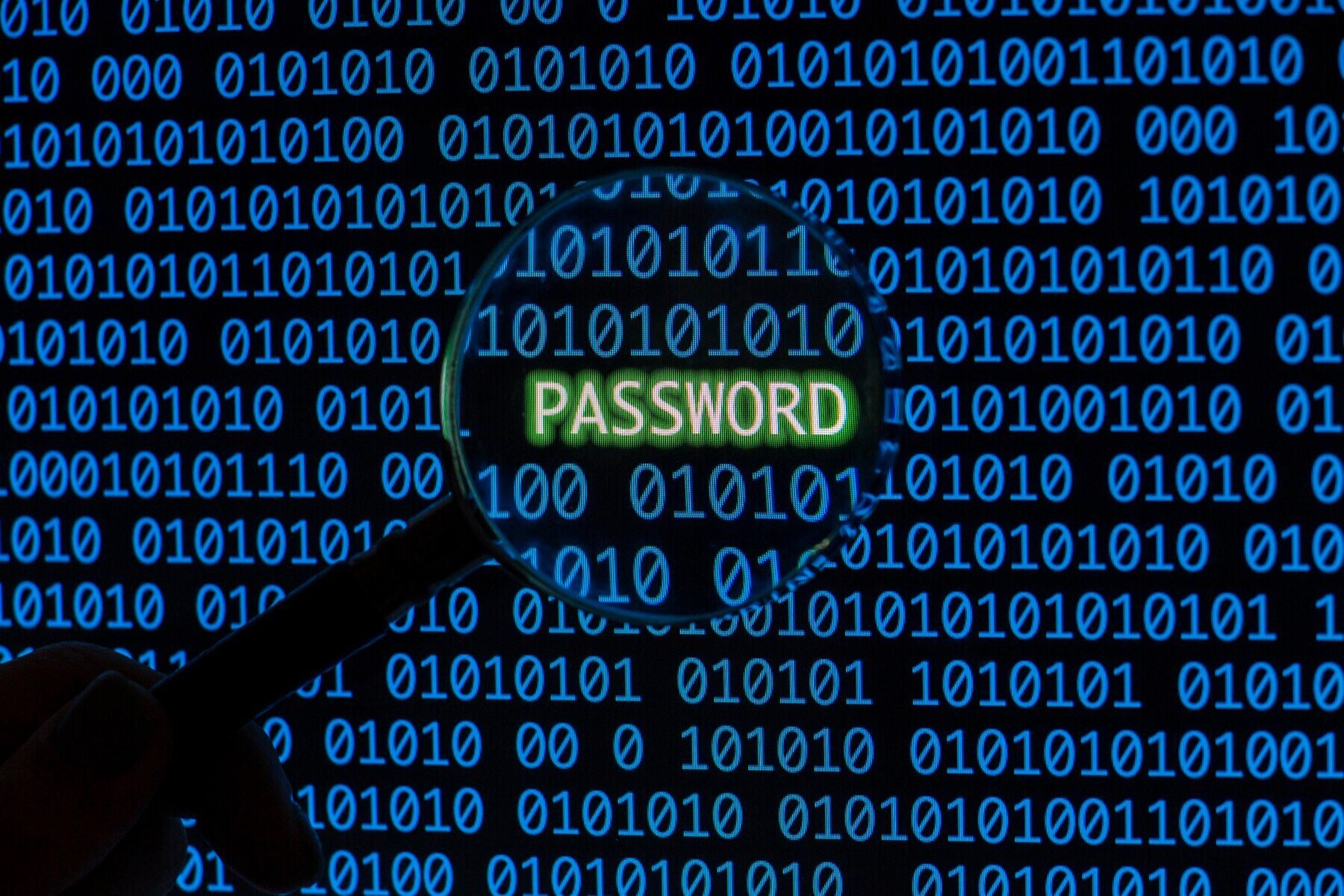As digital transactions grow, securing accounts becomes even more critical. One key process to focus on is authentication. Many users still rely solely on passwords to protect their accounts. However, passwords are known to be vulnerable to data breaches, phishing, and brute-force attacks.
To address these challenges, authentication apps have emerged as a solution to strengthen account security.
So, which authentication method or app is the safest? Let’s dive into it!
Top Authentication App Choices
Here are five popular types of authentication apps, along with their pros and cons:
1. Google Authenticator
This app generates time-based OTPs (One-Time Passwords) that refresh every few seconds. Many services like email, social media, and banking support Google Authenticator as an extra layer of security.
Pros:
-
Easy to use, free of charge.
-
Doesn’t require internet access to generate OTPs.
-
Supported by a wide range of services.
Cons:
-
No cloud backup feature—if you lose or reset your device, you could lose access to your accounts.
-
Doesn’t support multi-device use.
-
Still relies on manually inputting OTPs, which is less convenient than device-based authentication.
2. Microsoft Authenticator
Similar to Google Authenticator but offers additional features like passwordless authentication and cloud backup for account recovery if the device is lost.
Pros:
-
Supports passwordless authentication.
-
Offers cloud backup for easier account recovery.
-
Supports multi-device usage.
Cons:
-
Still relies on manually entered OTPs, making it vulnerable to phishing if users mistakenly input codes on fake sites.
3. Authy
An alternative to Google Authenticator that offers cloud backup and multi-device support, making it more flexible for device changes.
Pros:
-
Cloud backup feature.
-
Multi-device support.
-
Available on desktop.
Cons:
-
Requires an additional account for cloud backup, which could create security risks if not managed properly.
4. YubiKey (Hardware Security Key)
A physical device that you plug into your computer or scan via NFC to authenticate. It’s safer than SMS or app-based OTPs because it cannot be hacked online.
Pros:
-
Cannot be hacked remotely since it’s a physical device.
-
Not vulnerable to phishing or OTP-based cyberattacks.
Cons:
-
If the device is lost or damaged without a backup, you could permanently lose access to your accounts.
5. VIDA PhoneToken & FaceToken
Device-based authentication solutions using PKI (Public Key Infrastructure) and biometrics. They eliminate the need for OTPs and passwords, making them resistant to phishing, SIM swap fraud, and deepfake attacks.
PhoneToken and FaceToken also don't require physical devices, making them practical and user-friendly.
Is OTP Authentication Still Safe?
While OTPs add an extra layer of security, this method has vulnerabilities that cybercriminals actively exploit. Here are some common attacks used to steal OTPs:
1. Phishing
Scammers trick victims by sending emails or messages that appear to come from banks or digital services. Victims are directed to fake websites that mimic the real ones and are asked to input their OTPs. Once entered, scammers can immediately take over the victim’s account.
2. SIM Swap Fraud
Fraudsters contact mobile carriers pretending to be the victim and request that the victim’s number be transferred to a new SIM.
Armed with previously stolen personal information (name, date of birth, ID number), they convince the carrier to activate a SIM in their control.
This allows them to receive SMS OTPs, including banking codes.
3. Man-in-the-Middle (MitM) Attack
Hackers intercept communication between the user and the service, capturing OTPs sent via SMS or email.
MitM attacks are becoming increasingly sophisticated and are commonly used against digital banking systems.
4. Fake BTS (Base Transceiver Station) Attack
In this method, scammers set up fake mobile towers to intercept and redirect SMS traffic, including OTPs.
In some cases, they can even have OTPs sent directly to their devices without the victim realizing it.
According to VIDA’s whitepaper, OTP-based attacks continue to rise and have become a major cause of account takeovers.
97% of businesses in Indonesia have faced account takeover attempts, while 84% of online fraud involves OTP exploitation through phishing, SIM swap fraud, or social engineering.
Banks in Singapore and Malaysia have already begun phasing out SMS OTPs due to their security weaknesses.
In some cases, cybercriminals don't even need to steal OTPs—they manipulate victims psychologically into voluntarily providing their OTPs using social engineering techniques.
VIDA PhoneToken and FaceToken: Authentication Without OTPs
1. VIDA PhoneToken
VIDA PhoneToken leverages Public Key Infrastructure (PKI) to enable authentication without needing OTPs. As a device-based authentication method, PhoneToken doesn’t rely on SMS OTPs, making it immune to phishing or SIM swap fraud.
2. VIDA FaceToken
VIDA FaceToken combines face matching, liveness detection, and device authentication into a single seamless authentication step. For users, the process is as simple as taking a selfie.
Behind the scenes, FaceToken ensures that the scanned face matches stored data (face matching) and prevents deepfake and spoofing attacks (liveness detection).
It’s also device-linked, meaning authentication cannot occur from an unregistered device.
Among the many authentication methods and apps available, a combination of biometrics and device-based authentication has proven to be the safest and most effective. VIDA PhoneToken and FaceToken offer optimal protection, ensuring that only legitimate account owners can access digital services, eliminating the risk of credential theft or data manipulation.

.png)


